Review
After several months of driving the BMW X1, covering hundreds of miles in the process, it has been hard to find fault with the hybrid SUV.
As already highlighted in our coverage, the new BMW X1 is much bigger than its predecessor, packed full of technology and has the driveability you would expect from the German marque.
For BMW 3 Series drivers wanting their next car to be a SUV, rather than a saloon, the X1 is undoubtedly the logical choice, whether that’s the plug-in hybrid (PHEV) version, we have been putting through its paces, or the fully electric version, the BMW iX1.
Comparing the PHEV model we had on test with the equivalent iX1 variant, the P11D price is just over £7,000 more for the pure electric car.
However, attracting 2% benefit-in-kind (BIK) tax compared to 8% for the PHEV, the iX1 is substantially cheaper for a company car driver.
A 20% taxpayer would have a BIK bill of £244 (2023/24), while the PHEV driver would have to stump up £859.

In terms of employer’s costs, there is also no VED on the iX1, while the PHEV, with its 1.5-litre three-cylinder petrol engine, would cost £1,680 this tax year.
Taking our test car average of 48mpg, the running costs of the PHEV at 62.68 pence per mile (ppm) are marginally better than those of the iX1 at 74.22ppm.
That’s partly driven by depreciation costs, based on replacement cycle of 48 months/80,000 miles, which are far greater for the iX1 than its PHEV counterpart – 52.92ppm versus 43.62ppm.
SMR costs, meanwhile, favour the pure electric car at 3.84ppm compared to 5.56ppm for the PHEV.
Finally, the fuel element, based on our experience of the PHEV, would equate to 13.5ppm, with the Fleet News company car tax calculator suggesting that it would be 18.1ppm for the iX1.
Delivering a verdict on the PHEV model, however, as it comes to the end of its tenure on the Fleet News fleet, this is car which makes sense both on paper and on the road.
It should prove popular with user-choosers and drivers not yet ready to make the jump to fully-electric motoring.
MPG and range tested
It’s been a while since I’ve been in a plug-in hybrid (PHEV) car with so many new, fully electric models being launched.
However, it didn’t take me long to remember how much your fuel economy car vary, depending on whether you’re able to keep the battery charged.
Driving the X1 without any charge left me with a fuel economy close to 30mpg, while taking a trip around town having plugged in the car could give me 10 times that amount.
In fact, while the car returned an average of 48.4mpg during our four-month test, the most efficient trip achieved in the BMW X1 was an impressive 348.7mpg.
In the UK, the new BMW X1 is available with two petrol engine options, two diesel engines and two plug-in hybrid options. There's also the fully electric BMW iX1.
The PHEVs – the 25e and 30e – come with a 1.5-litre three-cylinder petrol engine and an electric motor.
The 25e has 245hp, while the 30e, as tested, has 326hp and both have CO2 emissions below 20g/km.

Batteries have a usable content of 14.2kWh and can be fully recharged from empty in 2.5 hours.
Official data suggests electric range is 50-56 miles (WLTP), but on test it’s been more like 40-45 miles.
Using the Fleet News company car tax calculator, the 30e M Sport derivative has a P11D price of £48,910 and CO2 emissions of 18g/km, attracting a benefit-in-kind (BIK) tax charge of 8%.
For a 20% taxpayer, that would equate to £783 (2023-24), with a Class 1A NIC charge of £540 and running costs – taking into consideration depreciation, SMR and fuel – of 45.93 pence per mile (ppm).
Those that are happy with a less potent X1 may find the 25e more compelling. In M Sport trim it has a lower P11D price of £46,675 and the same 8% BIK rate.
For a 20% taxpayer, that would equate to slightly lower tax bills of £747 (2023-24), with a Class 1A NIC charge of £515 and running costs of 43.74ppm. We'd expect similar mpg and range achievements from either PHEV model.
Excellent practicality
Taking the BMW X1 and three friends to the Peak District for the weekend acted as reminder of how much bigger this new car is than the outgoing model.
It was a more than adequate SUV, but the new BMW X1 is now 4,500mm long which is an increase of 53mm, while it is also 24mm wider and 44mm taller,
This translates into lots of headroom in the front along with good-sized door pockets, a large storage tray under the central armrest and a pair of cupholders which accommodated two large coffees with ease.
My two rear passengers, both more than six-foot, were more than comfortable in the rear seats, with leg room enhanced tanks to the ability to slide the rear bench back by 13cm.
There was also more than enough room for a third passenger in the rear, even if the middle seat would not have offered the same degree of comfort those either side.
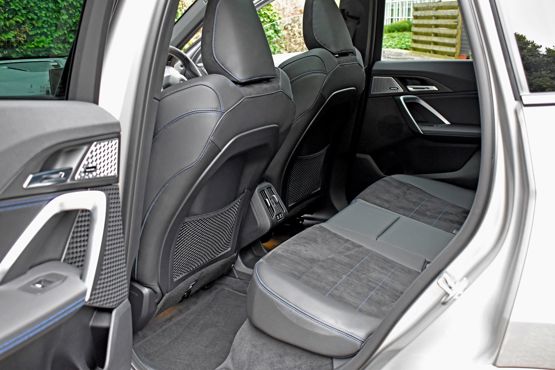
As with the front, you get deep door bins in the back seats and two USB-C charging ports to keep devices topped up.
Four bags and associated walking gear were also easily stowed in the boot, despite capacity for the plug-in hybrid (PHEV) variant, which we have on test, being 490 litres.
Diesel and petrol variants offer a maximum boot space of 540 litres, rising to 1,545-litres with all the seats forward.
There is also convenient area beneath the boot floor to hide charging cables.
In terms of the boot opening, it’s also a good size and the load lip is level with the floor to make loading and unloading easy. When you need to fold down the rear seats, the seatbacks divide in a 40/20/40 split (rather than the usual 60/40 arrangement).
Interior worthy of premium badge
While the BMW X1 has bags of kerbside appeal, inside you will find a level of comfort and clever use of technology you would expect from the German carmaker.
The raised seating position still allows for generous amounts of space, with a ‘floating’ armrest with integral controls.
A curved display is framed by solid-looking trim pieces which extend out to the doors.
In the front section of the centre console is space for two cup holders and an illuminated smartphone tray. Secured by a movable clasp, phones can be placed upright and visible to the driver and front passenger, and charged wirelessly, a neat addition.
The user experience on board the new BMW X1 is underpinned by the interaction between the curved display, voice control, the multifunction buttons on the steering wheel and the BMW head-up display.
A 10.25-inch driver information display and a 10.7-inch central touchscreen merge into a single unit behind a continuous glass surface, which is home to graphics designed in a smartphone-style.
However, unlike some BMW models, there's no iDrive control knob in the centre console and using the touchscreen on the move can be a little distracting.

The X1's newly developed seats apparently offer optimised comfort over long distances and extended functionality, with their prominent bolsters and adjustability of seat angle and depth.
They have certainly worked on long journeys bearing a back that has seen better days and the electric seat adjustment with memory function is a nice touch, especially if you share the car with a partner.
The rear compartment of the X1 includes three full-sized seats. Isofix anchor points are integrated into the outer seats and the 40:20:40 split backrests can be folded down to expand boot capacity from 540 litres to 1,600 litres.
The rear seat bench can also slide forwards and backwards, by up to 13cm, allowing boot capacity to expand while retaining the X1's passenger-carrying capability.
Ambient lighting is distributed throughout the cabin and its brightness and colour scheme can be configured in the iDrive menu. The Dynamic interior light function indicates an incoming phone call or an open door with pulsating light signals. Not my bag, but friends have approved.
Meanwhile, with a glass surface measuring around one square metre, the panoramic glass sunroof floods the interior with light during the day.
Driver assistance systems include front-collision warning
The new BMW X1 is fitted as standard with the latest version of the front-collision warning system with brake intervention.
Features includes as standard include collision warning, pedestrian and cyclist warning with braking function, and crossroads warning.
There is also cruise control with brake function, speed limit info with no-overtaking indicator and pre-warning, manual speed limit assist and evasion assistant.
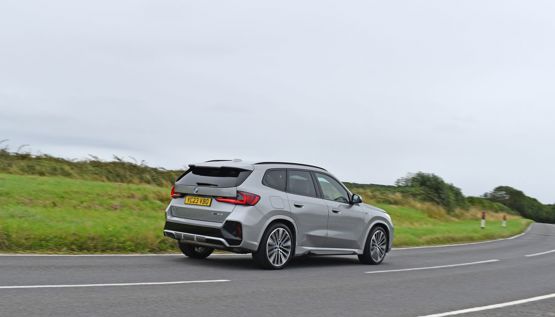
The lane departure warning with lane return is capable of suppressing course correction on narrow roads to allow the driver to move over for an oncoming vehicle.
Meanwhile, the standard active park distance control (PDC) issues alerts and automatic brake inputs to help avoid collisions with obstacles to the front, sides and rear of the vehicle.
Also, standard are a reversing assist camera and a reversing assistant.
Finally, the BMW X1 comes with the latest parking assistant as standard, which helps select and park in spaces parallel or perpendicular to the road.
The system now also able to take bearings from the kerb, which improves its accuracy when used.
BMW X1 xDrive30e M Sport joins our fleet
The first thing that strikes you about the new BMW X1 is it’s a lot bigger than its predecessor.
In fact, the new BMW X1 is 53mm longer at 4,500mm, 24mm wider at 1,845mm and 44mm higher at 1,642mm.
Its wheelbase is 2,692mm, 22mm longer than before, while its track widths have increased by 31mm to 1,592mm at the front and 1,593mm at the rear.
In the UK, the new BMW X1 is available with two petrol engine options, two diesel engines and two plug-in hybrid options. The range is completed by the new, all-electric BMW iX1.
With CO2 emissions of 19g/km, it is the plug-in hybrid (PHEV) xDrive30e which has joined the Fleet News long-term test car fleet.
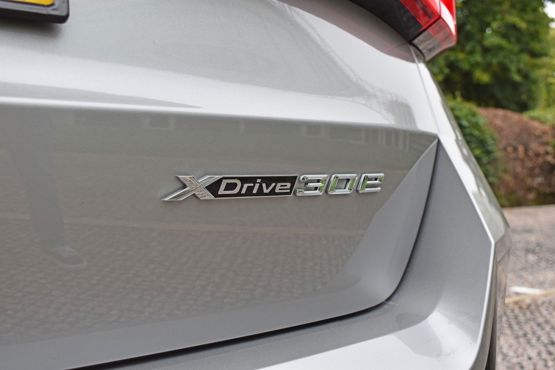
The BMW X1 xDrive30e and BMW X1 xDrive25e both feature an integrated electric drive unit powering the rear wheels, combined with a three-cylinder petrol engine that drives the front wheels via the seven-speed Steptronic transmission with double clutch.
Now positioned flat in the vehicle floor, the fifth-generation lithium-ion batteries have an increased usable content of 14.2kWh.
Maximum charging capacity has climbed from 3.7kW to 7.4kW, enabling the high-voltage battery to be fully recharged from empty in 2.5 hours.
When hooked up to a conventional domestic power socket, a full vehicle charge is completed within eight hours. Electric range is now up to 48 – 55 miles in the WLTP cycle.
Sport, xLine and M Sport choices are available in combination with most engine variants, while the X1 xDrive23i, X1 xDrive30e and iX1 xDrive30 are available exclusively in xLine or M Sport.
Sport variants come with 17-inch alloy wheels as standard and with 18-inch light-alloy wheels as standard on xLine cars.
M Sport models feature 19-inch light-alloy wheels in a bi-colour finish, although both xLine and M Sport can be optionally specified with wheels up to 20 inches – a first for the BMW X1.
Our test car comes with the 20-inch alloys thanks to the M Sport Pro Pack, which also includes a Harman/Kardon surround sound audio system and sun protection glass at a cost of just over £1,300.
Inside, there’s a premium feel you would expect from BMW and you are struck by BMW’s curved display formed by a 10.25-inch information display and a 10.7-inch control display.
The screens merge into a single unit behind a continuous glass surface curved towards the driver while graphics have been designed with a smartphone-style appearance.
On-the-road, the BMW X1 xDrive30e is powerful, travelling from 0-62mph in just 5.7sec. The steering is direct, but it's also very light which means at higher speeds there is a little less confidence.
However, first impressions for the BMW X1 are good and it will be interesting to see how the PHEV model performs in the real world.
Specs
| Manufacturer | BMW |
| Model | X1 Estate |
| Specification | BMW X1 Estate xDrive 30e M Sport 5dr Step Auto |
| Model Year | 2025.00 |
| Annual VED (Road tax) | £110 |
| BIK List Price | £49,635 |
| Range | 50.00mile(s) |
| CO2 | 18g/km |
| BIK Percentage | 9% |
| Insurance Group | N/A |
| CC | 1,499 |
| Fuel Type | Petrol PHEV |
| Vehicle Type | Compact SUV |
| Luggage capacity (Seats up) | 490litres |
| Doors | 5 |
Running Costs
| P11D | £49,635 |
| Cost per mile | 52.18ppm |
| Residual value | £22,050 |
| Insurance group | N/A |
| Fuel Type | Petrol PHEV |
| Cost per mile | 164.83ppm |
| Fuel | 1.78ppm |
| Depreciation | 160.65ppm |
| Service maintenance and repair | 2.40ppm |
Rivals
Info at a glance
-
P11D Price
£49,635
-
MPG
353.1 (WLTP) -
CO2 Emissions
18g/km -
BIK %
9% -
Running cost
3 Year 60k : £22,050 4 Year 80k : £17,625 -
Fuel Type
Petrol PHEV -
Range
50.00mile(s)

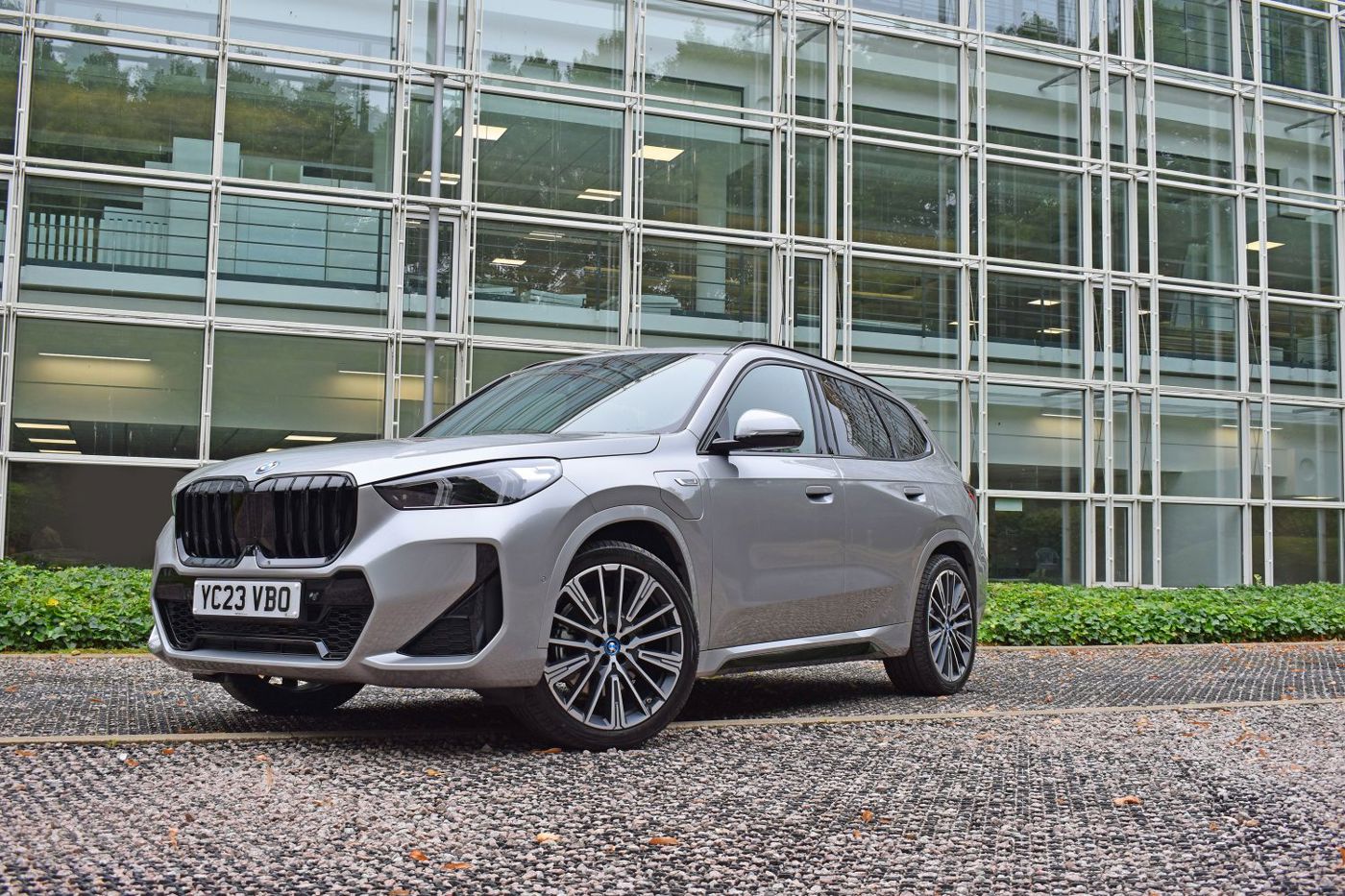

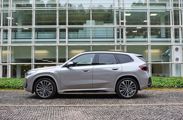



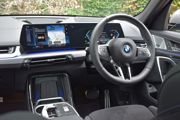
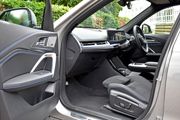
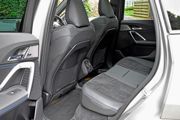





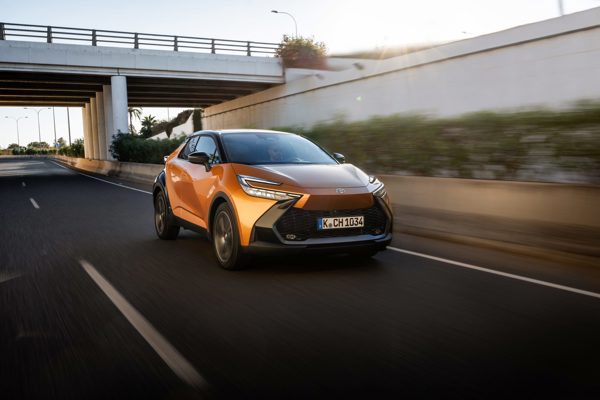

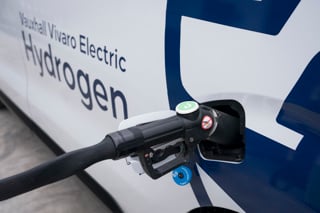
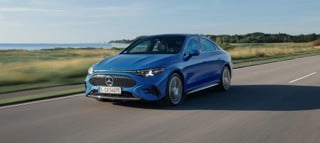
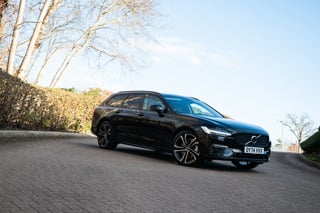
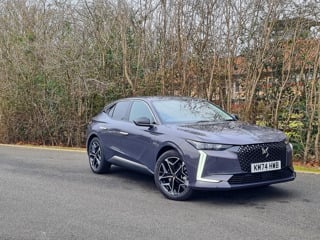












Login to comment
Comments
No comments have been made yet.